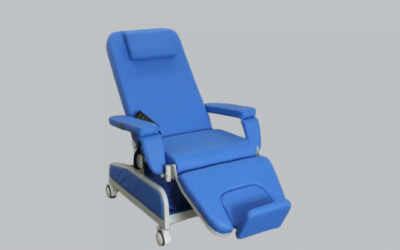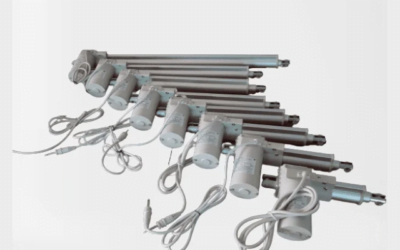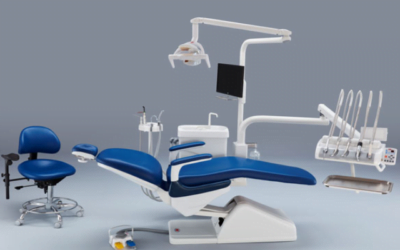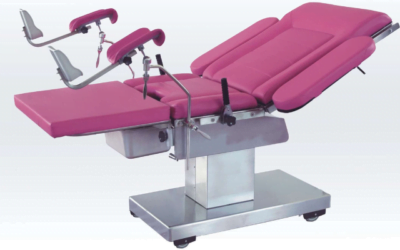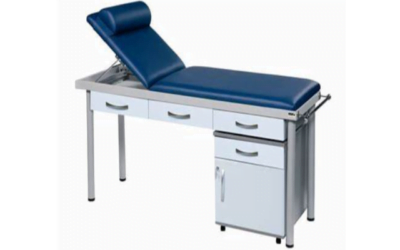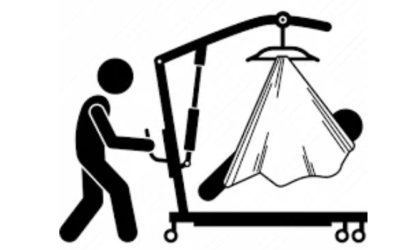BlogS
Electric Actuators in the Dialysis Chairs
The healthcare industry is constantly evolving, and one of the areas that have seen significant advancements is medical equipment. Dialysis, a critical treatment for individuals with kidney disorders, requires specialized chairs to provide patients with comfort and...
Types of Linear Electric Actuators: A Comprehensive Guide
Electric actuator play a pivotal role in modern engineering, enabling precise and controlled linear motion across various applications. From adjusting positions in hospital beds to facilitating movement in industrial settings, these actuators have become...
Electric Actuators in the Dental Chair: Enhancing Comfort
Electric actuators have revolutionized various industries by providing precise and efficient linear motion control solutions. One such application is in the realm of dental chairs, where electric actuators play a crucial role in ensuring patient comfort and enabling...
Electric Actuators in the Genecology Table cx
In recent years, the integration of advanced technologies in healthcare has significantly improved patient care and clinical outcomes. Among the various innovations, the utilization of electric actuators in gynecology tables stands out as a remarkable advancement....
Electric Actuators in the Patient Couch: Enhancing Comfort
In the realm of modern healthcare and patient care, technology plays a pivotal role in enhancing the quality of life and improving patient experience. One such technological marvel that contributes significantly to this cause is the electric actuator, especially in...
Electric Actuators in the Patient Hoist or Patient Lifters
In today's fast-paced world, technology continues to make significant strides in various industries, including healthcare. Among the innovations enhancing patient care and comfort, Electric Actuators have emerged as a game-changer, particularly in the realm of Patient...
Frequently Asked Questions(FAQ)
What is a linear actuator?
A linear actuator is a device that converts rotational motion into linear motion. It is used to move objects in a straight line
What are the benefits of using a linear actuator?
The benefits of using a linear actuator include precise and controlled linear motion, compact size, easy installation, and efficiency.
How do I install and maintain my linear actuator?
The installation and maintenance of a linear actuator will depend on the specific model and type. Refer to the manufacturer’s instructions for installation and maintenance guidelines.
What safety precautions should I take when working with linear actuators?
Always follow the manufacturer’s instructions and safety guidelines when working with linear actuators. Ensure that the actuator is properly secured and that the power source is disconnected before working on the actuator.
What is the difference between a linear actuator and a rotary actuator?
A linear actuator moves in a straight line, while a rotary actuator rotates around an axis. Linear actuators are used when linear motion is required, whereas rotary actuators are used when rotational motion is needed.
What is the difference between an electric linear actuator and a hydraulic linear actuator?
An electric linear actuator uses electrical energy to create linear motion, while a hydraulic linear actuator uses pressurized hydraulic fluid to create linear motion. Electric linear actuators are typically easier to install and maintain, while hydraulic linear actuators can generate higher force.
Can a linear actuator be used for precise positioning?
Yes, linear actuators are often used for precise positioning due to their ability to provide accurate and repeatable linear motion.
How do I determine the stroke length of a linear actuator?
The stroke length of a linear actuator is the distance the actuator can travel in a straight line. To determine the required stroke length, consider the distance the actuator needs to move to complete its intended task.
What are some common materials used to make linear actuators?
Linear actuators can be made from a variety of materials, including aluminum, stainless steel, plastic, and carbon fiber. The choice of material will depend on the specific application and environmental conditions.
Can a linear actuator be used in hazardous environments?
Yes, some linear actuators are designed for use in hazardous environments and are made from materials that can withstand exposure to extreme temperatures, chemicals, or other hazardous conditions.
Can a linear actuator be customized to fit my specific application?
Yes, many manufacturers offer customized linear actuators to fit specific applications. These can include modifications to stroke length, force, speed, mounting options, and environmental protection.

